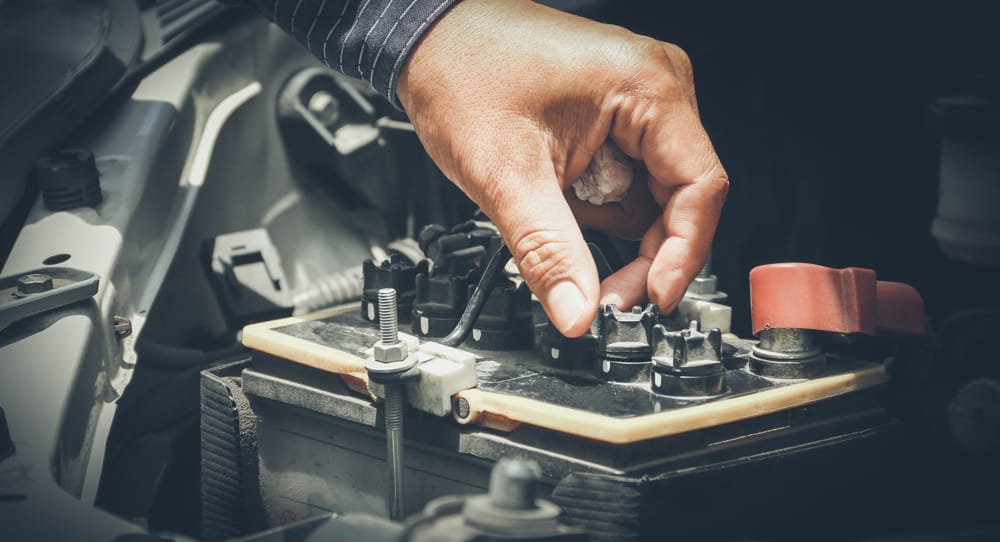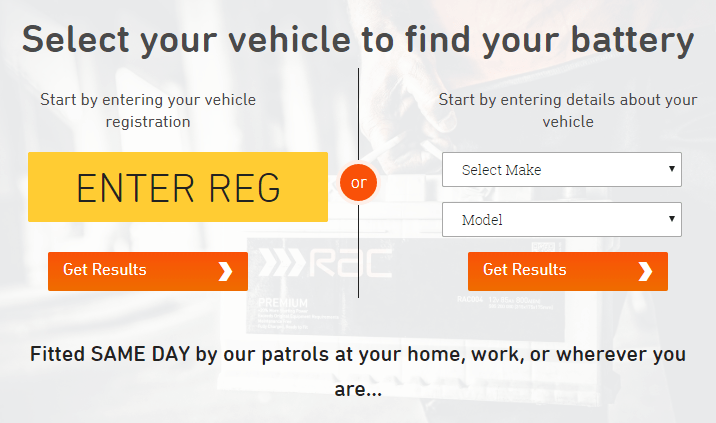How to fit a car battery

Car batteries, like most things, don’t last forever, at some point they do need replacing. Year after year, car battery fitting and charging problems are one of the top reasons for roadside assistance calls. A flat, unreliable battery, is always an inconvenience and at times compromises safety and can be positively dangerous.
Often, the reason a car battery fails is that it is simply too old and no longer up to the job it was designed for. If this is the case then unfortunately continuous jump-starting or recharging will not solve the problem and you will have to think about fitting a car battery as a replacement.
As a guide, the life of a regular car battery is usually somewhere between three and five years when properly cared for, but even this is dependent on several important factors.
Why do car batteries go flat?
A battery will lose its charge and become flat if it is not used regularly, or if the car is used for short journeys only when the battery will not have enough time to recharge itself properly. The term for this is ‘under charging’. This leads to a hardening of the lead plates within the battery that affects its ability to hold a charge. This is known as sulphation.
As a car battery works on a chemical reaction basis, the environment temperature and humidity can also play a crucial role in battery performance. A battery operates at maximum efficiency at a temperature of 26.7℃ or 80℉. Higher temperatures speed up internal corrosion within the battery’s cells which reduces the life of the battery. Colder temperatures inhibit a battery’s ability to provide sufficient power to start and run a vehicle.
Leaving an interior light on accidentally can be enough to run your battery flat if left on for long enough.
How to tell if your battery needs replacing
There is a simple test you can carry out to determine the condition of your battery and if you think you need to start thinking about fitting a car battery as a replacement. First, try starting your car at night with the headlights switched on. If the headlights are overly dim, put the vehicle in neutral or park if automatic, and rev the engine. If the battery is failing, the headlights will get brighter as you press the accelerator. A completely flat or dead battery is easy to identify, it simply won’t start at all.
How to tell which battery is best for your car
Generally speaking, automotive vehicles require different types of battery, as it needs to accommodate the electronic demands and features of that particular vehicle. Many of today’s cars are crammed with electronic devices and have powerful computers that are operating all the time, drawing energy, even when the vehicle itself is switched off and parked.
To help make the right choice for your car battery fitting as well as the right one for your model, simply complete our battery finder section to find the battery most suitable for your vehicle.
How to fit a car battery
Although we recommend that your new battery is fitted by one of our patrols or in an RAC approved garage we have listed below a step by step guide if you wish to do the job yourself.
Whichever battery you have, make sure you use the right charger. Choose the correct charger for your battery by clicking on the link, or if you would prefer to speak with one of our advisors regarding the appropriate battery or charger for your vehicle, then give us a call on 0800 8620676. We are here to help.





